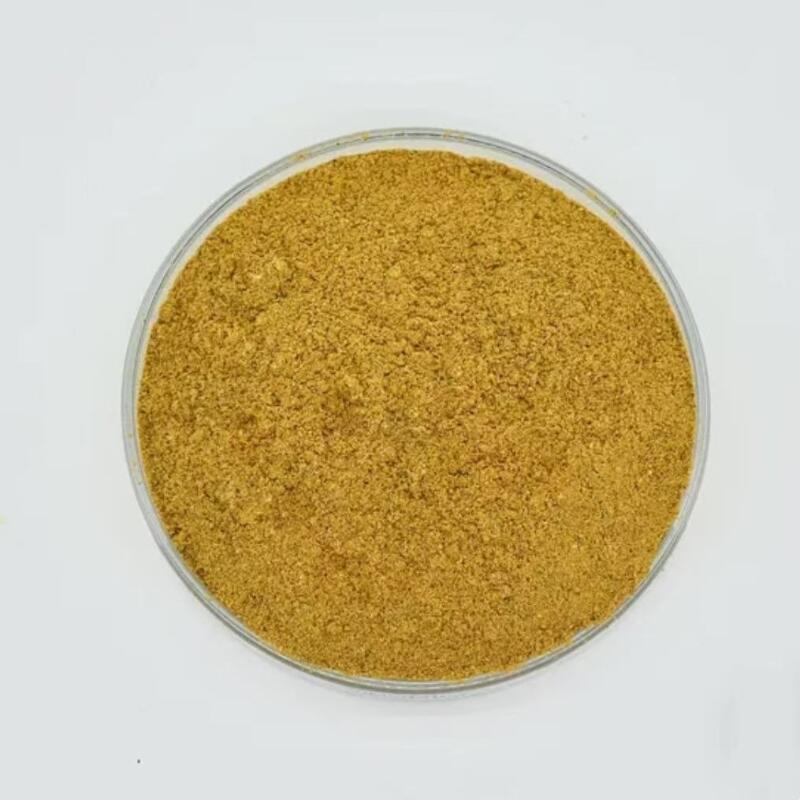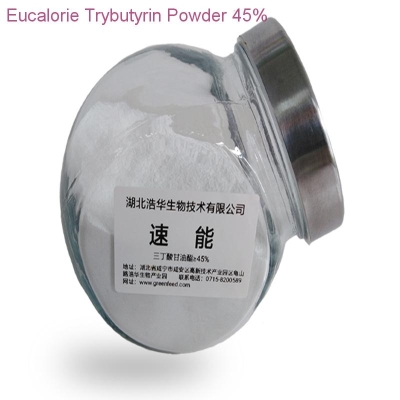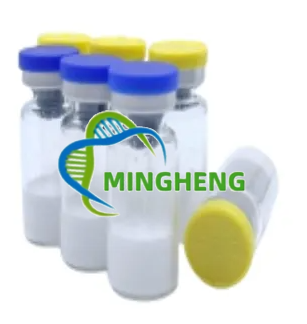-
Categories
-
Pharmaceutical Intermediates
-
Active Pharmaceutical Ingredients
-
Food Additives
- Industrial Coatings
- Agrochemicals
- Dyes and Pigments
- Surfactant
- Flavors and Fragrances
- Chemical Reagents
- Catalyst and Auxiliary
- Natural Products
- Inorganic Chemistry
-
Organic Chemistry
-
Biochemical Engineering
- Analytical Chemistry
-
Cosmetic Ingredient
- Water Treatment Chemical
-
Pharmaceutical Intermediates
Promotion
ECHEMI Mall
Wholesale
Weekly Price
Exhibition
News
-
Trade Service
Chromium(III) picolinate is a compound that is commonly used in the chemical industry as a catalyst for various chemical reactions.
The production process of chromium(III) picolinate involves several steps that must be carefully controlled to ensure the final product is of the highest quality.
The first step in the production process is the preparation of the starting materials.
Chromium(III) oxide is typically used as the starting material, which is then reduced with hydrogen gas to produce chromium(III) hydride.
This reaction is carried out at high temperatures and pressures in the presence of a catalyst, such as nickel or cobalt.
Once the chromium(III) hydride has been produced, it is then reacted with a compound called 2-picoline to produce chromium(III) picolinate.
This reaction is carried out in the presence of a solvent, such as water or ethanol, and a catalyst, such as sodium hydroxide.
The reaction conditions, including temperature and pressure, must be carefully controlled to ensure the reaction proceeds efficiently and produces the desired product.
After the chromium(III) picolinate has been produced, it is typically isolated from the reaction mixture by filtration or centrifugation.
The isolated chromium(III) picolinate is then dried and powdered to produce the final product.
One important aspect of the production process for chromium(III) picolinate is the purity of the starting materials and the final product.
The chromium(III) oxide used as the starting material must be highly pure, as any impurities present in the starting material can affect the quality of the final product.
Similarly, the chromium(III) picolinate produced must be of the highest possible purity to ensure it is effective as a catalyst in chemical reactions.
Another important aspect of the production process is the efficiency of the reaction.
The reaction conditions must be carefully controlled to ensure the reaction proceeds efficiently and produces the desired product in the shortest possible time.
This helps to minimize the energy consumption and costs associated with the production process.
Finally, the safety and environmental considerations must be taken into account during the production process.
Chromium(III) compounds can be hazardous to human health and the environment if not handled properly, so care must be taken to ensure the safe handling and disposal of the chemicals used in the production process.
In conclusion, the production process of chromium(III) picolinate is a complex and carefully controlled process that involves several steps, including the preparation of starting materials, the reaction between chromium(III) hydride and 2-picoline, and the purification and isolation of the final product.
The process must be carried out with great care and attention to detail to ensure the final product is of the highest quality and safety.







